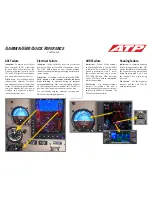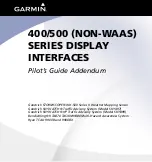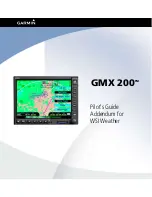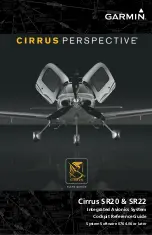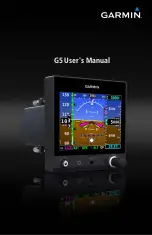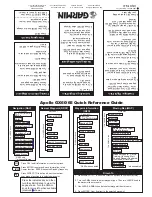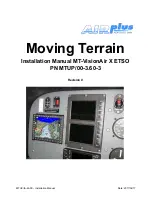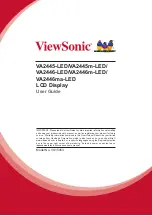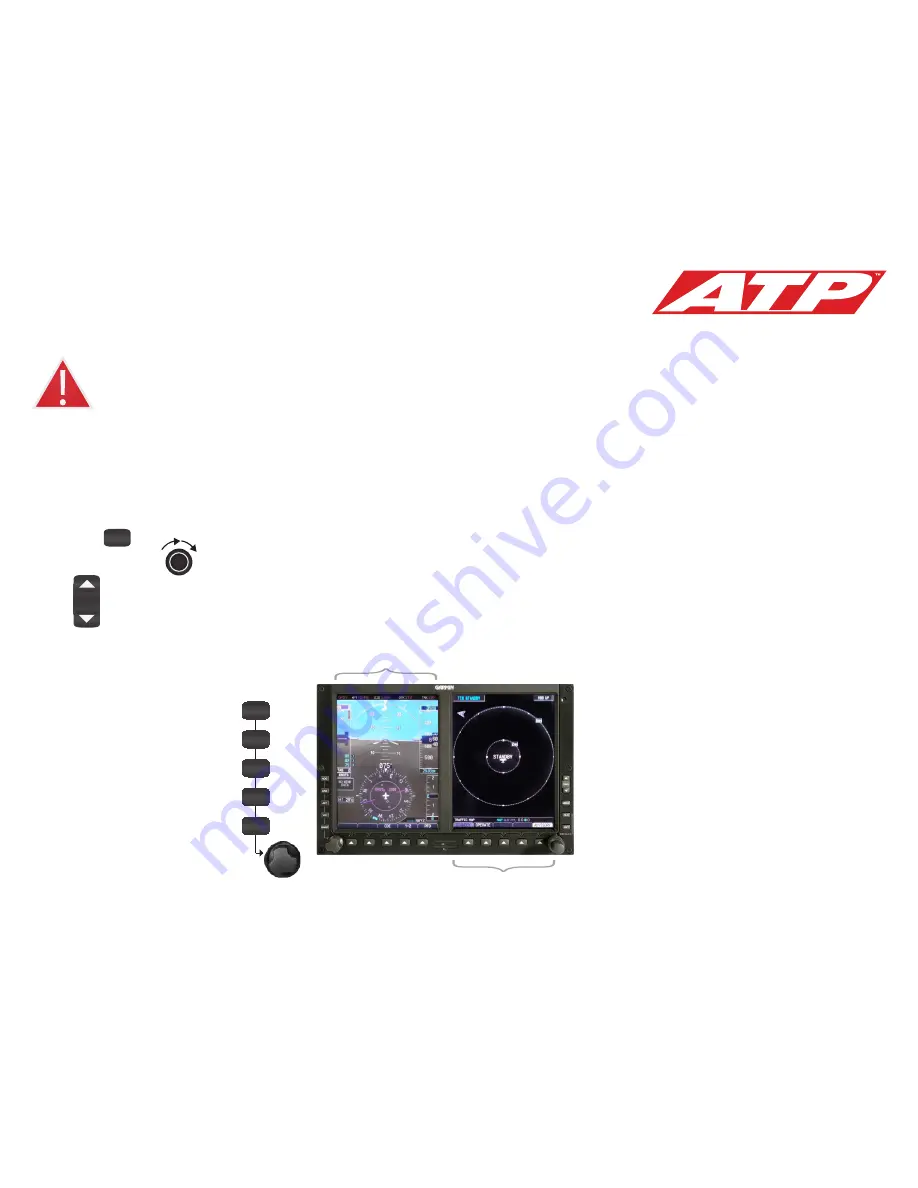
G
ARMIN
G500 Q
UICK
R
EFERENCE
G500 Equipped Seminole Differences
•
The G500 powers on and off with the battery master, not the avionics master.
•
There are no vacuum driven instruments, vacuum pumps, or suction gauge. Instruments are electrically powered.
•
The standby attitude indicator must be erected on power-up by pulling the cage knob.
•
Test the standby attitude battery as directed by the After Start Checklist by pressing and holding the “STBY PWR”
button until amber LED begins flashing. A continuous green light beneath “TEST” during the full sequence indicates
that the battery is good. A red light illuminated anytime during the test indicates that the battery is not charged and
may require replacement.
•
The standby attitude indicator warning light will blink for approximately 1 minute when the battery master switch is
turned off. DO NOT press the SBY PWR button as it causes continuous operation of the gyro on its emergency battery.
Exit the airplane with either a blinking LED or red flag.
•
G500 equipped Seminoles do not have a conventional turn coordinator. A slip-skid indicator is located at the top of the
attitude indicator. Step on the “brick” instead of the “ball”. Use the reference lines and the magenta line that appears
above the heading indicator to identify a standard rate or half-standard rate turn.
•
Outside air temperature (OAT) displays on PFD under the airspeed tape. There is no OAT probe or analog gauge
between the windows.
•
Ground track can be identified on the heading indicator by a small magenta diamond near the lubber line (only visible
when ground track is different than heading).
•
The digital altitude and airspeed readouts are very sensitive and can cause some pilots to continuously make
corrections for insignificant deviations. Pilot action - Don’t overcorrect for deviations of a few feet. Crosscheck digital
and analog standby instruments to avoid the tendency to overcorrect.
NOTE:
CDI needle indicates NAV source: green for VLOC /
magenta for GPS.
Checklist Differences
Use the 2000 and later Seminole GNS 430 checklist with the
following differences:
After Start Checklist
add:
“MFD ...................................... ENT / TIS Page”
after GPS line item.
add:
“SBY ATTITUDE ............ PULL / RELEASE “
after NAVS line item.
Run Up Checklist
“SUCTION GAUGE ..............................................................................N/A”
Shutdown Terminate Checklist
add (final) item:
“SBY ATTITUDE ..............................................BLINKING or FLAGGED”
(the STBY PWR warning light will blink for 1 minute when the battery master is selected
off, then the unit automatically turns off and the red gyro warning flag appears. DO
NOT press the SBY PWR button as it causes continuous operation of the gyro on its
emergency battery. Exit the airplane with either a blinking LED or red flag.)
Revised 2015-06-02
CAUTION:
The GNS 430 and G500 units each have their
own databases.
Navigation, terrain and map
information on the G500 Multi-Function
Display (MFD) may not be current and is
not to be used for navigation.
Use the G500
MFD for traffic information only.
G500 Setup for Traffic on MFD
ATP recommends setting-up the MFD to display the
decluttered Traffic Information Service (TIS) page. Configure
the G500 screens during the After Start Checklist.
•
Press
•
Small MFD knob - (displays TIS page)
•
6 NM
ENT
RNG
2 clicks
PRIMARY FLIGHT DISPLAY (PFD)
MULTI-FUNCTION DISPLAY (MFD)
PFD Functions
These buttons toggle the function of the PFD knob.
ALT
BARO
CRS
HDG
V/S
Altimeter setting -
Set altitude bug and alerter -
Set heading bug -
Set V/S Bug -
Set course -
(push PFD knob to set heading bug to current heading.)
(when in VLOC mode)
(do not use)


